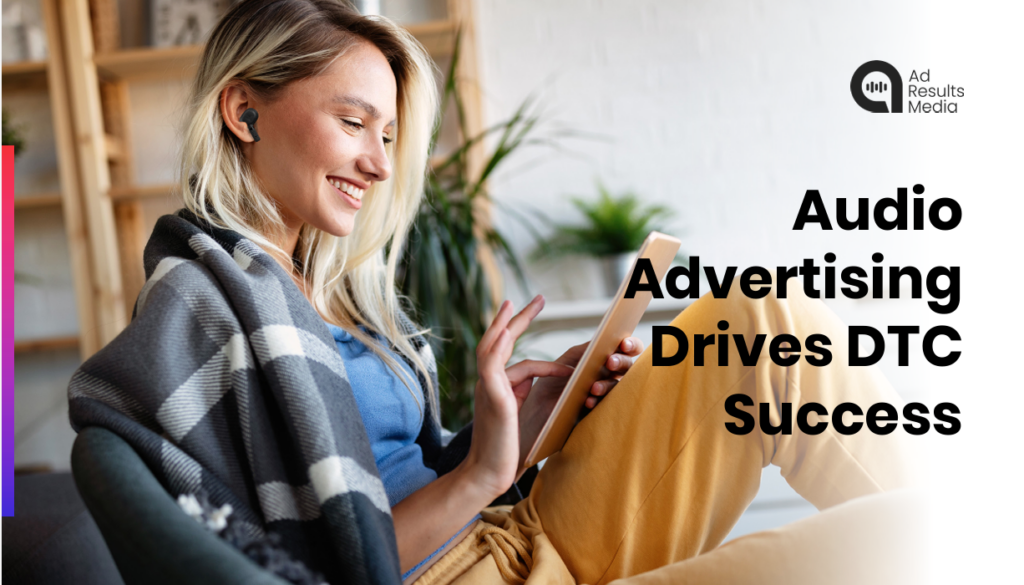Direct-to-consumer (DTC) brands have always been innovators. In a landscape where legacy brands and big-box stores mark up prices to cover overhead, DTC businesses are disruptive, driving millions of consumers to their websites. By 2021, DTC businesses had forced everyone—including venture capital—to sit up and take notice. In fact, VC investment ballooned to more than $640 billion in the space by the end of that year.
Agility, quick iteration, and close customer relationships continue to drive the DTC revolution. While the pandemic significantly lifted the DTC category, however, most brands saw an earnings decline by 2021, as shoppers enthusiastically returned to in-store experiences. As such, profitability has become more pressing to create sustainability and satisfy investor demands.
The innovative spirit that has always been at the core of the DTC experience has helped many brands develop performance-driven media plans without going over budget. Audio advertising is a principal strategy in the marketing mix for these forward-looking businesses, supporting them throughout the entire funnel—from awareness to conversion.
Audio is expanding rapidly, now representing a $2 billion ad market in the U.S. alone. Importantly, audio is an opt-in medium, where dedicated listeners spend as much as 6 hours a day. While in the past, advertising opportunities were limited to host-read placements, the market has opened up to include a wealth of programmatic buys, with all the requisite measurement and brand safety tools to drive quantifiable ROI. This balance of scale, performance, and accessibility allows DTC brands of all sizes to meet their goals.
Despite its omnipresence in media plans, audio is as dynamic and complex as any digital medium. Requiring a combination of insight, research, and creative experimentation, joining the ranks of audio advertisers can be intimidating for newcomers. After all, the best audio ad placements are an extension of the shows in which they run, reflecting the same flair and friendliness of the podcasts, music, and other content.
Getting started requires paying careful attention to:
- Budget: Testing breadth and depth is a vital step on the path to establishing an audio plan that meets business goals. Landing on a number that aligns with the broader budget yet sufficiently allows for testing is crucial.
- Placement: Once a budget is settled, discovering the right mix of ad placements requires time and attention. Experimenting with a balance of programmatic and creator-led placements, in different verticals and with varying messages can help brands establish the right mix.
- Measurement: Tracking performance in audio is more accurate than ever, but it still requires a mix of direct and indirect methods to create the most complete picture of ROI possible.
The momentum in audio is undeniable. A well-executed audio campaign can help DTC brands handily meet profitability goals without exceeding marketing budgets. As one of the most effective modes of advertising, audio is no longer a nice-to-have addition to an omnichannel strategy—it's a primary ROI driver.
Want more background, strategy, and insight for how audio can serve your DTC business? You’ll find everything you need to get started in our ebook, Audio Drives DTC Success.
Download your free copy here.

